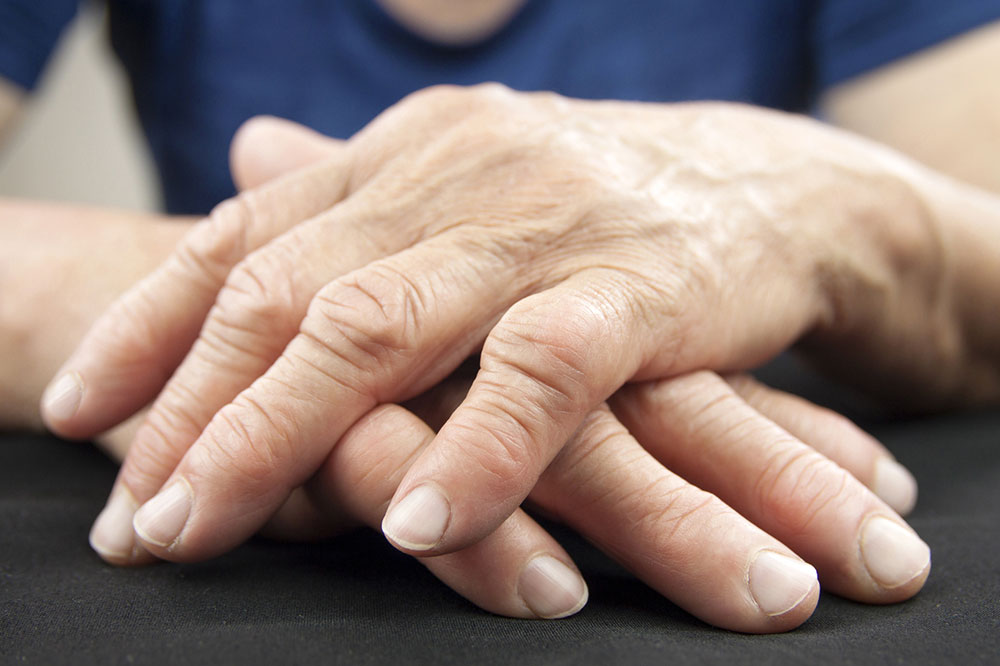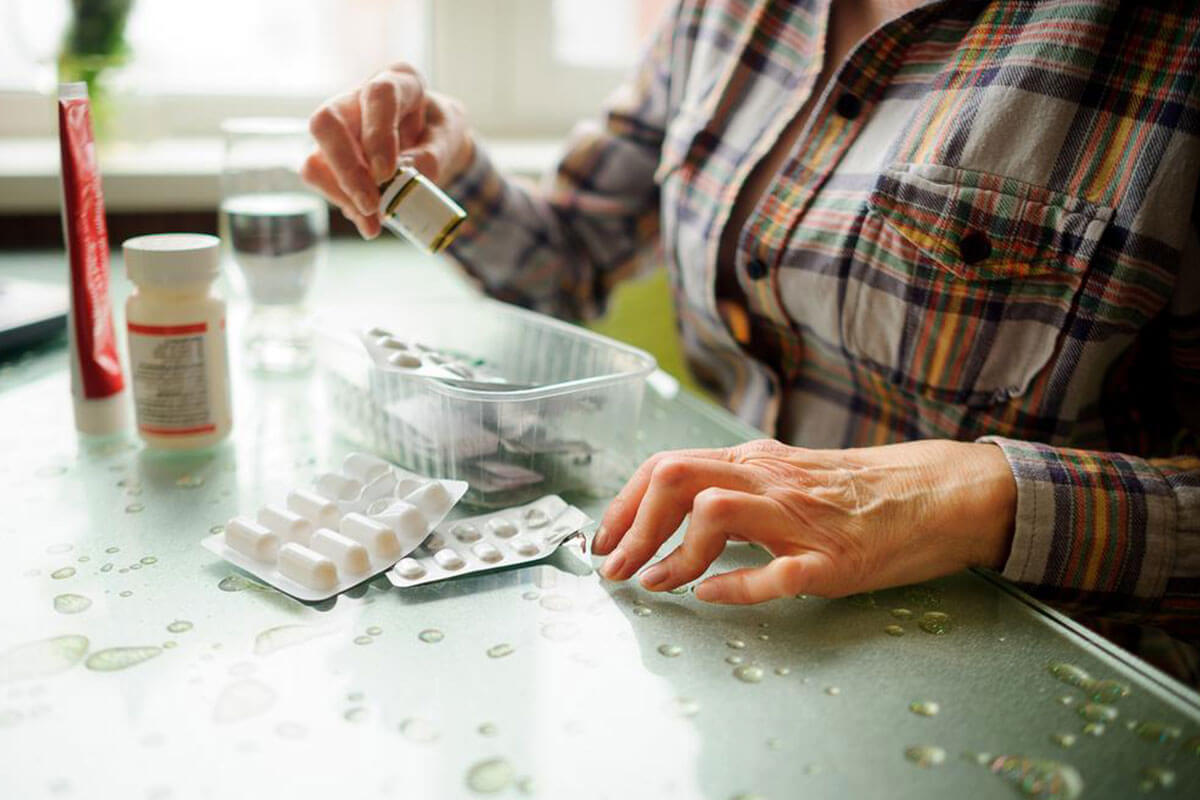Popular Treatments for Rheumatoid Arthritis that You Must Know
Rheumatoid arthritis or RA is a disease where the body’s immune system attacks its own tissues. It is a chronic disorder causing inflammation, leading to erosion of tissues in the joints. The inflammation, if severe, can attack body’s internal organs too. There are several rheumatoid arthritis treatments available which can’t entirely cure the disease, but it can keep the symptoms under control. This is done with the help of medication and physiotherapy.

The advances in the treatment of the disease have considerably helped people, diagnosed with rheumatoid arthritis, lead an active life for a longer period. As it has already been stated, there is no cure for this type of autoimmune arthritis as all kinds of rheumatoid arthritis treatments aim at reducing the burning pain and the swelling in the joints. Another important point worth addressing here is that people should start with rheumatoid arthritis treatments as early as possible in order to prevent themselves from lasting or permanent rupture of tissues in the joints.
Medication
Treatment for rheumatoid arthritis has evolved a great deal in the last couple of decades. These days, patients are treated with disease-modifying antirheumatic drugs, also known as DMARDs. Doctors prescribe these drugs along with anti-inflammatory non-steroidal drugs. DMARDs can be taken in combination with corticosteroids to lower the pain and swelling. It is advised that before embarking on any DMARD therapy, patients consult their doctors about the consequences of the DMARD treatment. The side-effects can be as adverse as partial or complete vision loss or a troubled pregnancy cycle. It is for the aftermath associated with the usage of DMARDs that every RA patient cannot be treated with the same autoimmune therapy. Even mild DMARDs can cause ill-effects like diarrhea and congenital disabilities. A patient diagnosed with RA, at any stage, should get in touch with a rheumatologist before beginning with the medication. Most rheumatoid arthritis treatments target areas like reduction of inflammation, prevention of joint damage, prevention of long-term complications, and overall physical well-being of the patient. Doctors usually hit the inflammation progress first and strive to reduce the symptoms of active inflammation. This stage of treatment is also known as ‘Treat to control’ as pushing the inflammation levels down can aid in, slowing the pace of joint damage and getting control over the RA contagion. A non-steroidal anti-inflammatory drug(NSAID), is used for the remission of symptoms for patients having a risk of stomach ulcers. Most drugs used for rheumatoid arthritis treatments can be taken via mouth or can be self-injected. Quite like DMARDs, there are drugs known as Biologics which can hit the precise nature of inflammation in a joint. Biologics target specific areas in the inflammatory activity and can help in reducing the same where other drugs have failed. Biologics can be self-injected or be infused in the doctor’s office. Most inhibitors assist in blocking the pathways involved in the body’s immune response. Unlike Biologics, inhibitors can be taken by mouth as well.
Surgery
People suffering from permanent damage can opt for surgery to repair and replace the damaged portions of the joints. Surgery tackles the disability by replacing the severely damaged parts with plastic and metal parts. People rendered motionless and immobile can hope to lead a normal and active life after an RA surgery.
Physiotherapy
Many patients with mild to moderate arthritis often seek the help of physical or occupational therapists to help strengthen the joints and make them flexible. The therapists can also help the patients make daily tasks easier by telling them to do the task involving lifting etc., with the aid of their forearms instead of sore fingers. This usually helps distribute the pressure from one body part to the other, making daily chores easier. Many therapists also direct patients to buy assistive devices that can help them go about routine tasks with greater ease.
Diet
Apart from the prescribed medication, a diet rich in antioxidants can match shoulders with inflammation reducing drugs and can bring down the levels of joint damage in a body. A Mediterranean diet, highlighting the presence of fish, fruits, vegetables and olive oil, can do a great deal for RA patients. On the contrary, processed and junk food items are best when avoided. You can consult your doctor for a detailed list of trigger foods that should be eliminated from your diet to control the condition.
Lifestyle changes
Working professionals can benefit from timely and organized breaks at work in addition to mild warm-up exercises. Flexing and strengthening muscles can work as a natural therapy. Most importantly, a healthy mind and resilience can bring out the positives on the table and can help one endure the pain with resolve.




